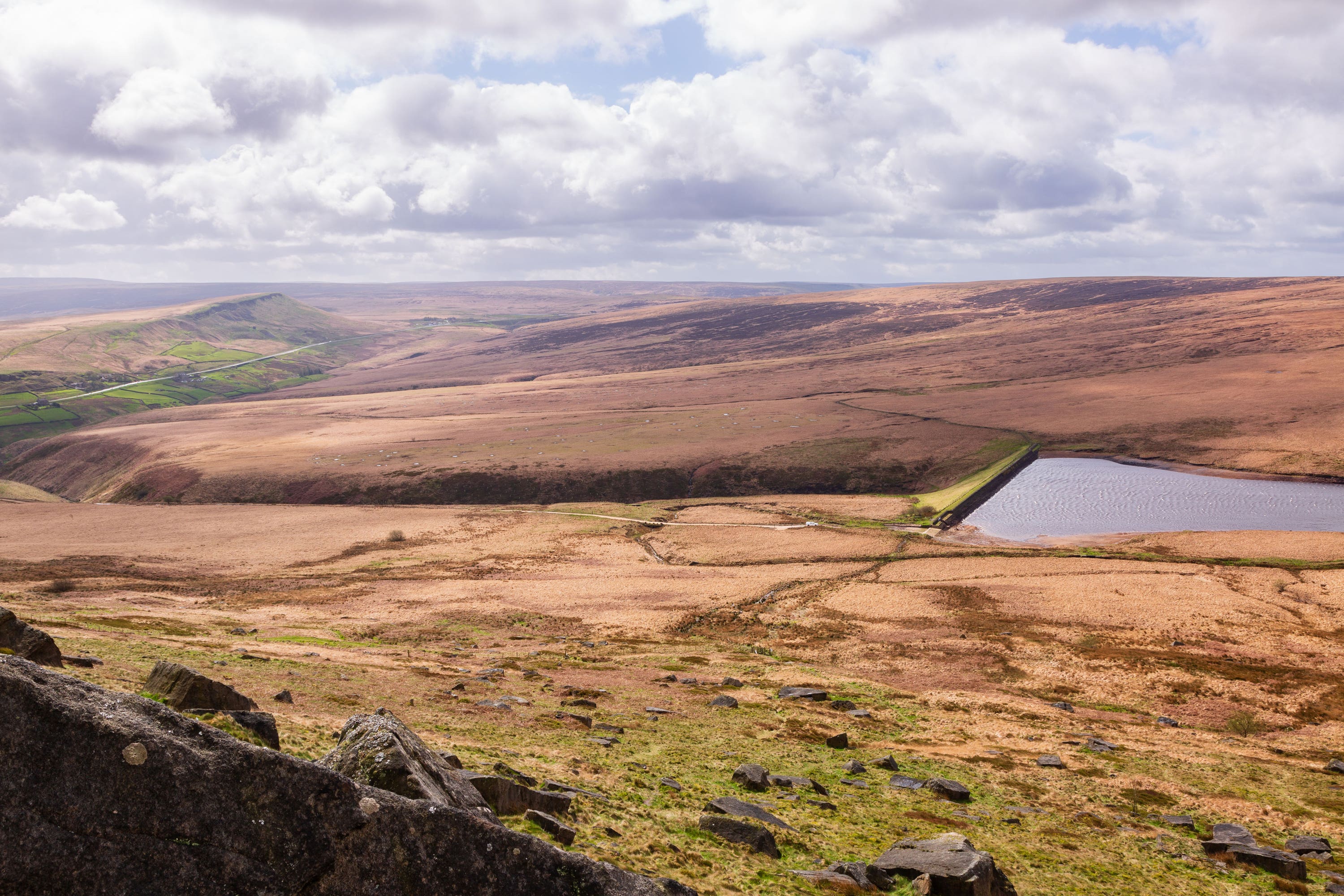National Trust restores nature across area twice the size of Manchester
The charity’s countryside and ranger teams have worked to restore hectares of peatlands, meadows, wetlands, woodlands and saltmarsh across the UK.

Your support helps us to tell the story
From reproductive rights to climate change to Big Tech, The Independent is on the ground when the story is developing. Whether it's investigating the financials of Elon Musk's pro-Trump PAC or producing our latest documentary, 'The A Word', which shines a light on the American women fighting for reproductive rights, we know how important it is to parse out the facts from the messaging.
At such a critical moment in US history, we need reporters on the ground. Your donation allows us to keep sending journalists to speak to both sides of the story.
The Independent is trusted by Americans across the entire political spectrum. And unlike many other quality news outlets, we choose not to lock Americans out of our reporting and analysis with paywalls. We believe quality journalism should be available to everyone, paid for by those who can afford it.
Your support makes all the difference.The National Trust has hit its target to restore nature across more than 25,000 hectares of priority habitat in less than a decade – an area twice the size of Manchester.
The charity was aiming to create or restore habitats of importance for wildlife on this amount of land by 2025 in line with its wider conservation goals set in 2015.
But the organisation announced on Friday that it reached the milestone early after its countryside and ranger teams worked to restore hectares (ha) of peatlands, meadows, wetlands, woodlands and saltmarsh on land in its care.
This complemented work on the trust’s nationally important protected sites that account for 40% of its 250,000ha (1,000 square miles) landholding across the country .
Ensuring these habitats are healthy, like halting species decline and adapting landscapes, helps to tackle the nature and climate crisis, the National Trust said.
Ben McCarthy, the charity’s head of nature and restoration ecology, said: “Our focus on restoring our most important habitats to help our precious wildlife is not only contributing towards national conservation targets but is also a critical response to the challenge of climate change.
“Our approach uses nature-based solutions to both the nature and climate emergencies with a focus on restoring carbon-rich habitats such as peatlands and improving or creating new woodlands as well as adaptive approaches to managing the landscapes we work in, including restoring rivers.”
Mr McCarthy said tenant farmers have worked with the charity to restore bushy hedgerows, create wildflower margins and adopt extensive grazing regimes to kick-start natural processes to help wildlife.
Conservation work on the UK’s internationally important ancient trees and parklands, like Fountains Abbey in North Yorkshire, Croft Castle in Herefordshire and Lanhydrock in Cornwall helped to sustain these habitats for rarities such as Oak polypore fungus (Piptoporus quercinus) and birds like the Lesser Spotted Woodpecker, he added.
Data collated from the work showed that the last nine years have seen the main habitats restored or created across 9,000ha of blanket bog, 5,000ha of wood pasture and parkland, 3,500ha of meadow restoration, 2,500ha of lowland woodland and 1,500ha of upland heaths.
“In many ways our work has just begun,” Mr McCarthy said.
“Due to the nature of some of these projects we won’t see the full benefits for some decades or even centuries particularly in the case of peatland restoration and tree planting – but what is key is that solid foundations are in place which we can build on to help reverse the decline in our wildlife.”
Two of the largest schemes under way are blanket bog restoration and creation projects in the Peak District in the Midlands and at Marsden Moor in Yorkshire.
For the former, the team has created over 10,000 gully blocks with dams of various sorts and planted around a million sphagnum moss plug plants, creating homes for wildlife like dragonflies, golden plover, frogs and lizards.
The restoration work is not only protecting the area’s precious peat but also mitigating flood risk and ensuring the landscape is more resilient in our changing climate, the National Trust said.
On Marsden Moor, various schemes are working to turn back the clock on industrial pollution, intensive drainage and overgrazing, which has damaged the peatlands over centuries.
Harry Bowell, land and nature director at the National Trust, said: “Ensuring we have a wide range of complex habitats is key to tackling the climate and nature crises.”